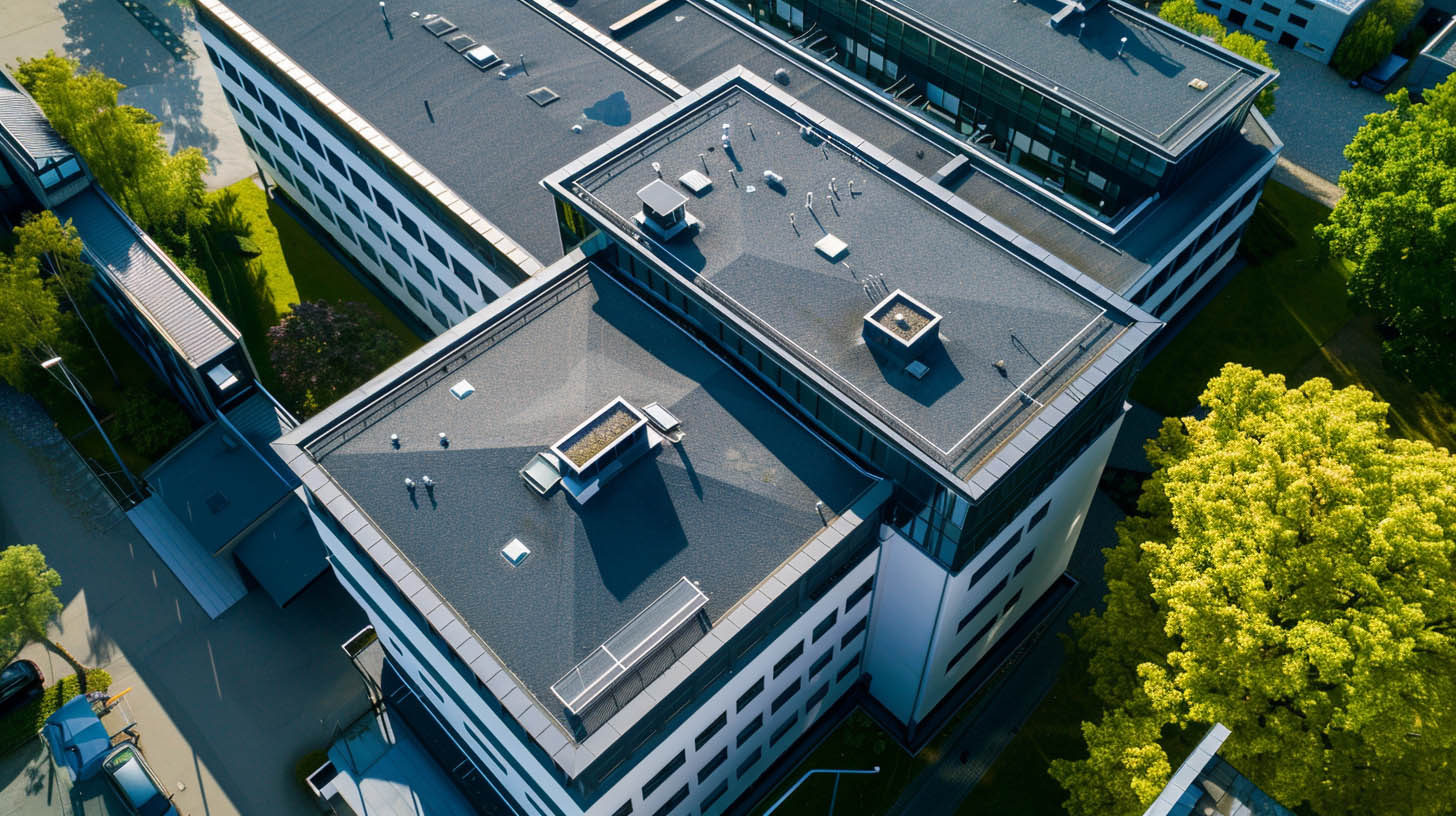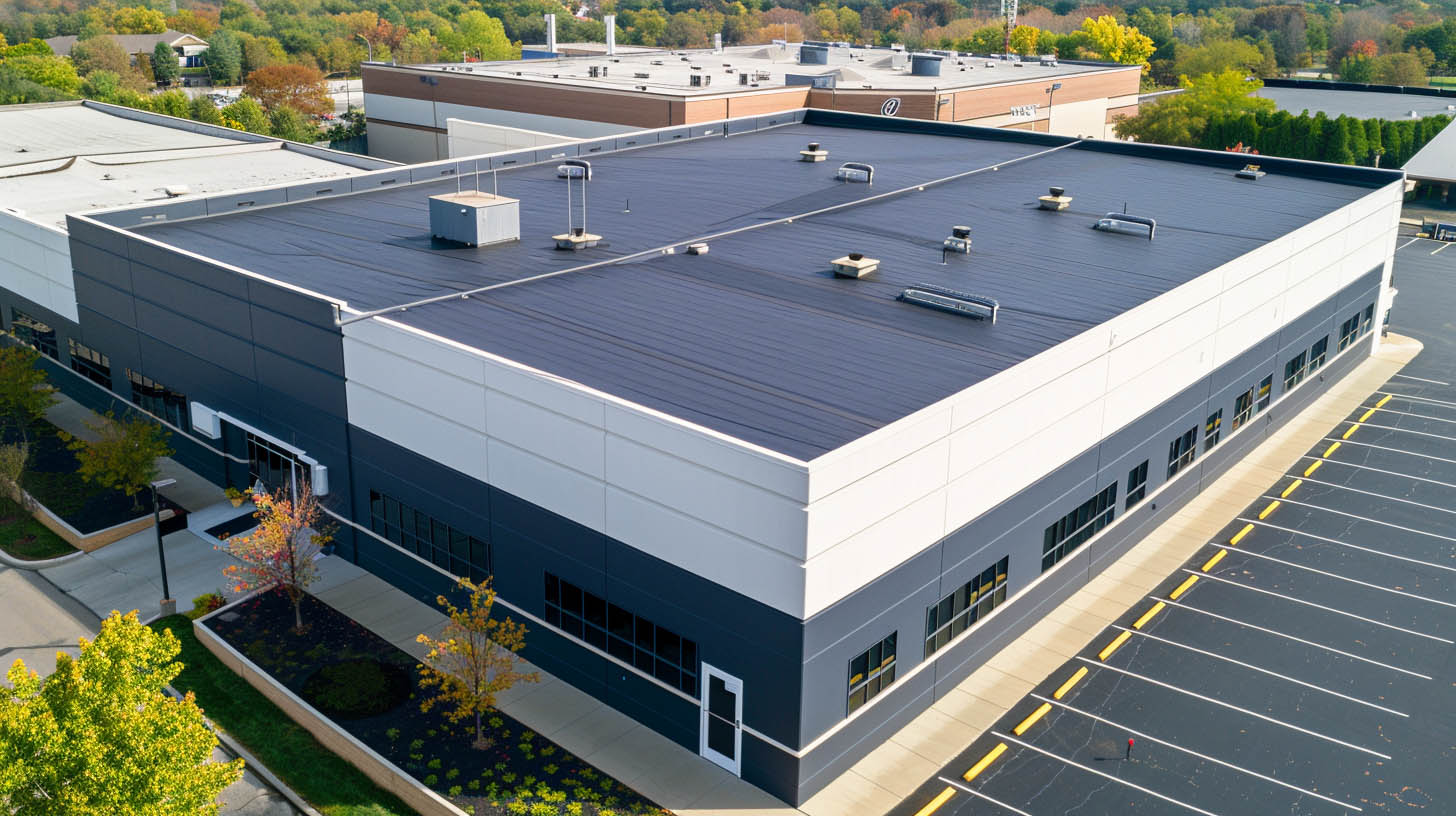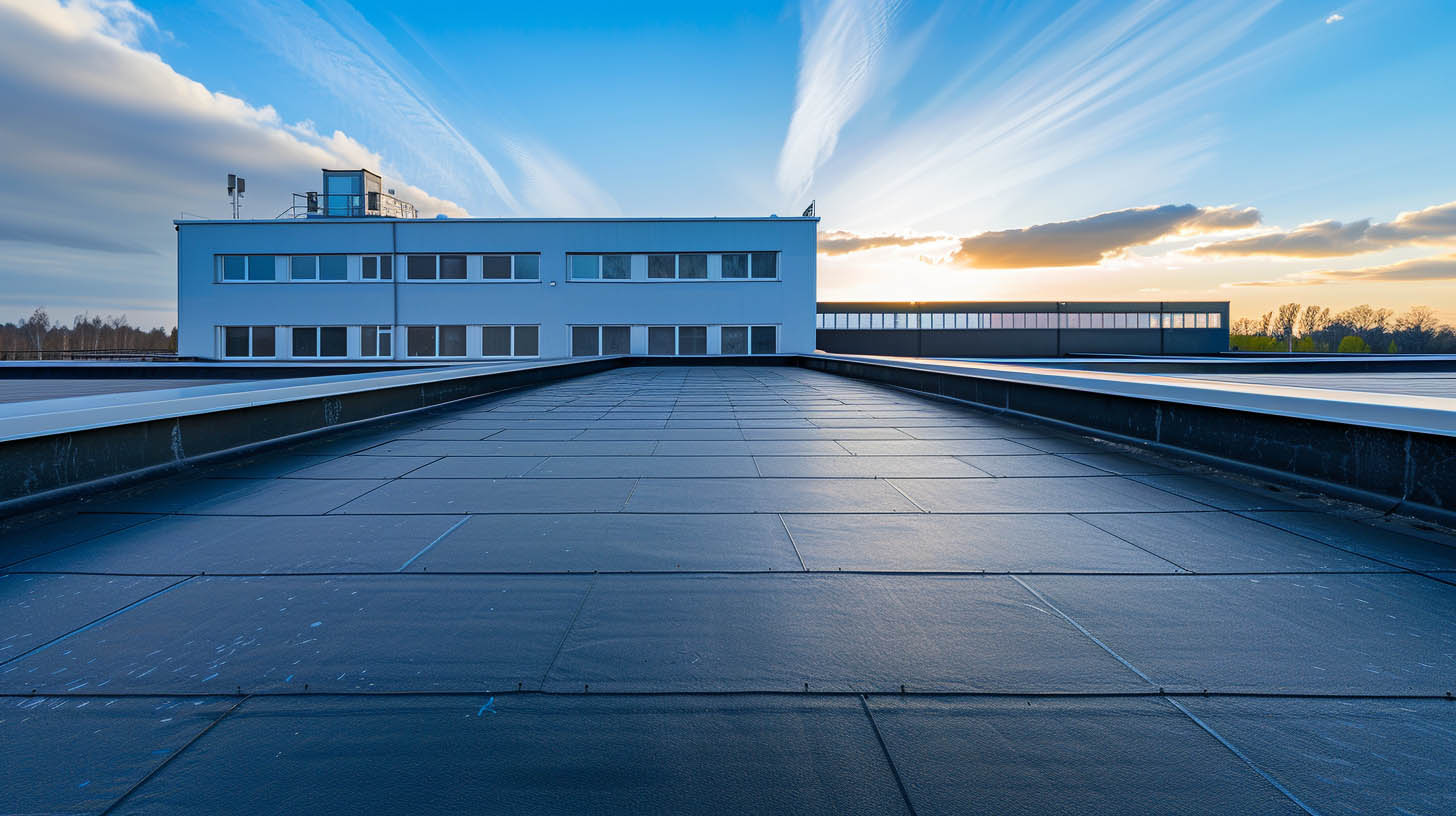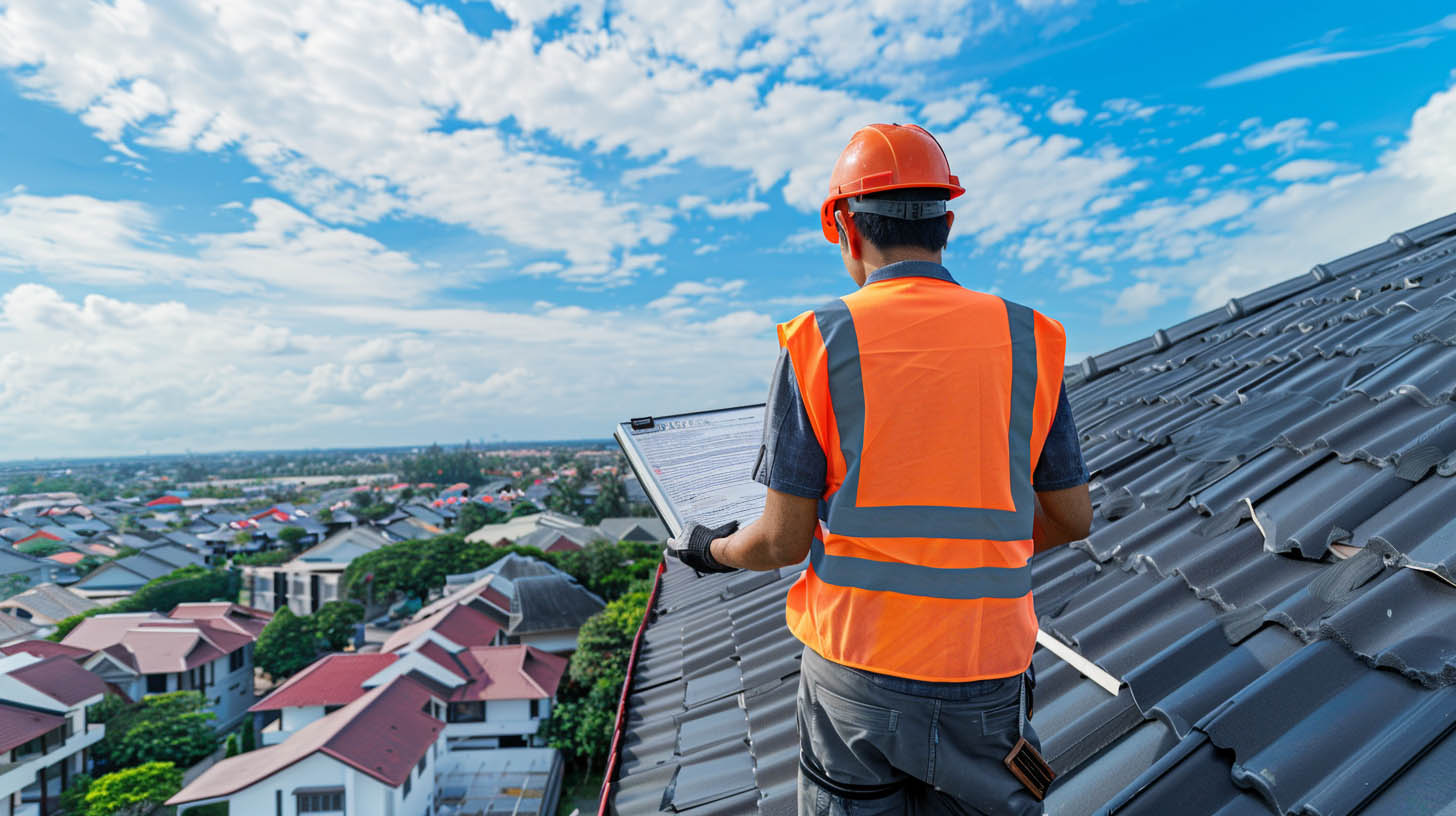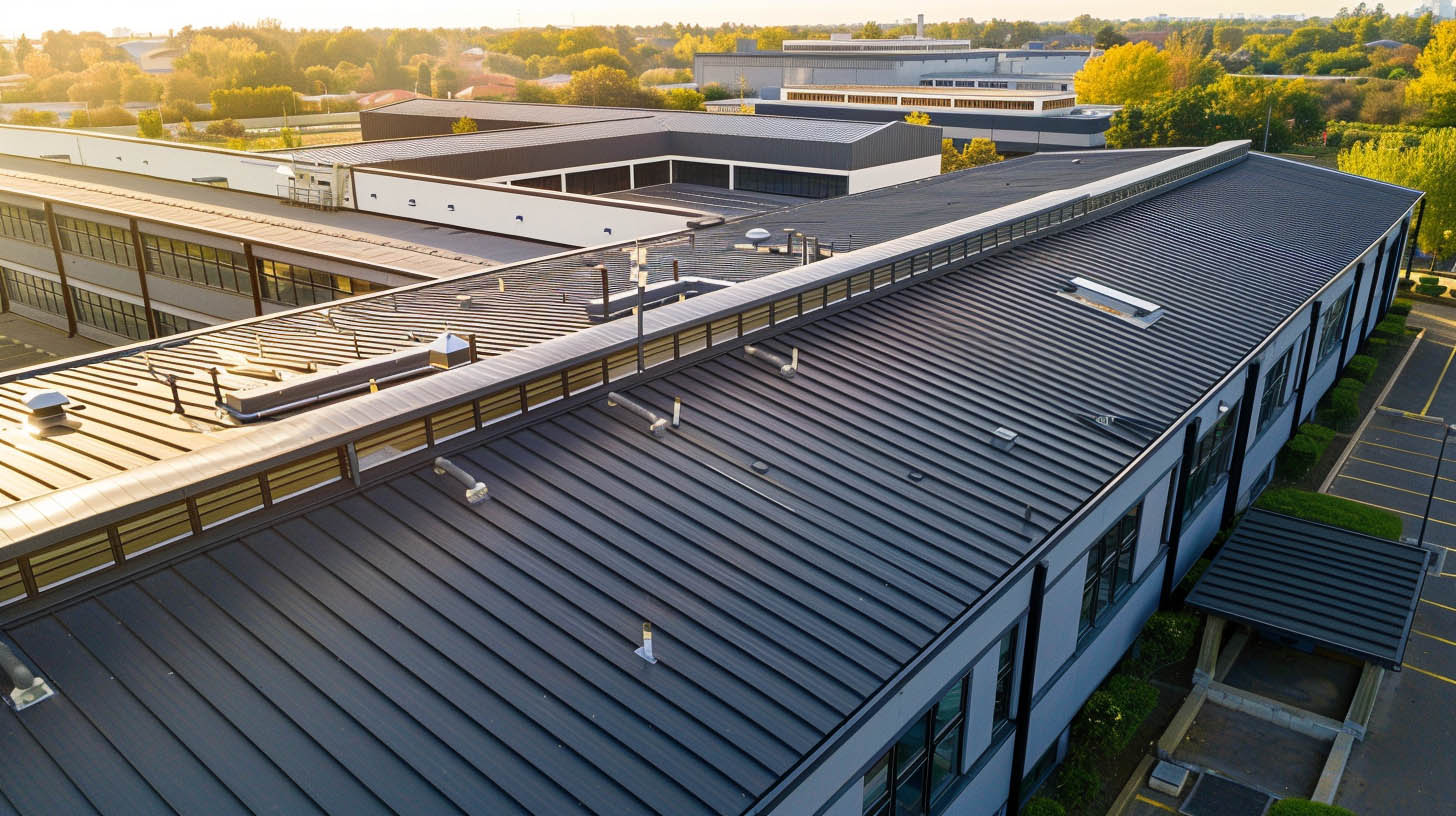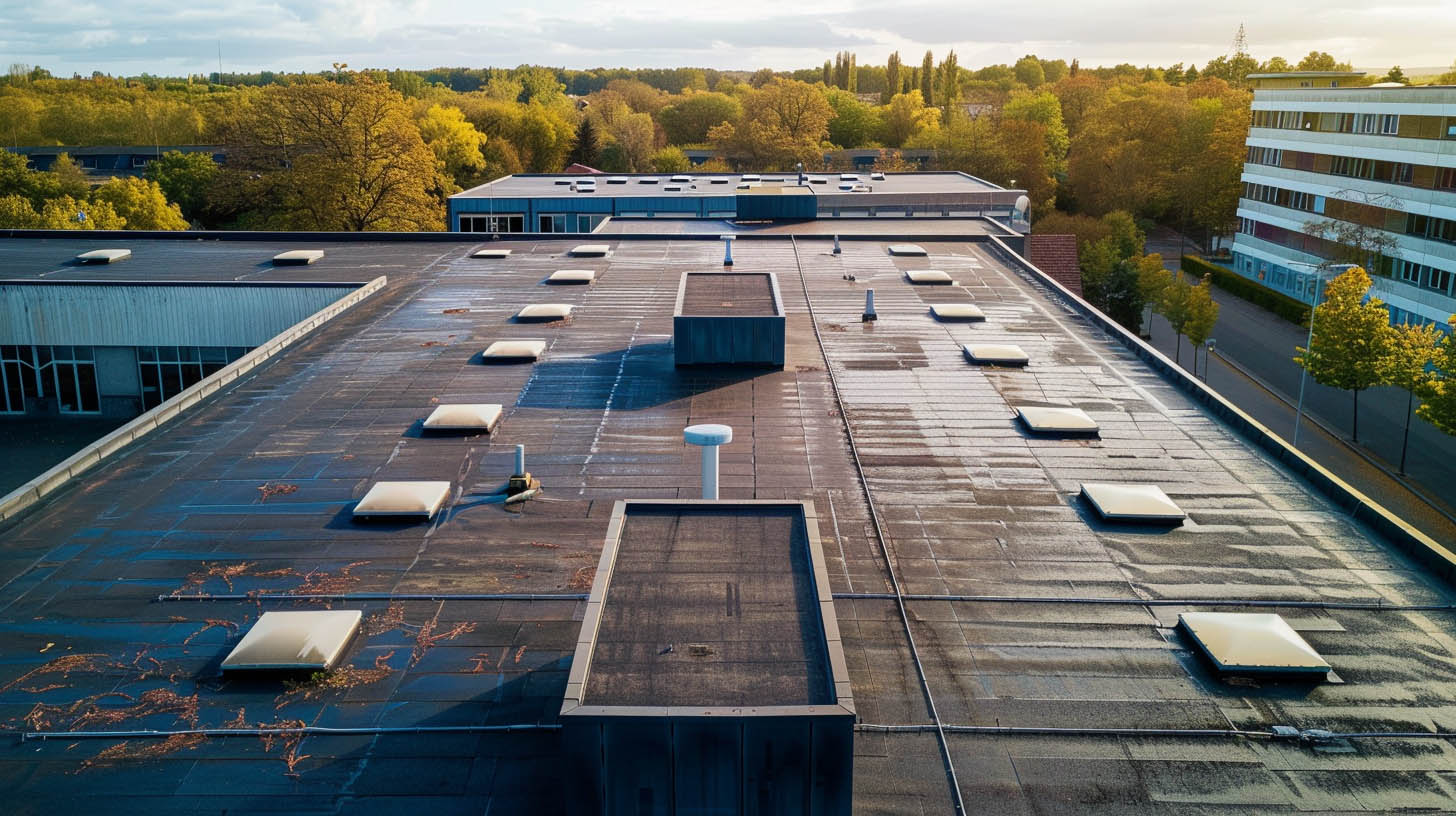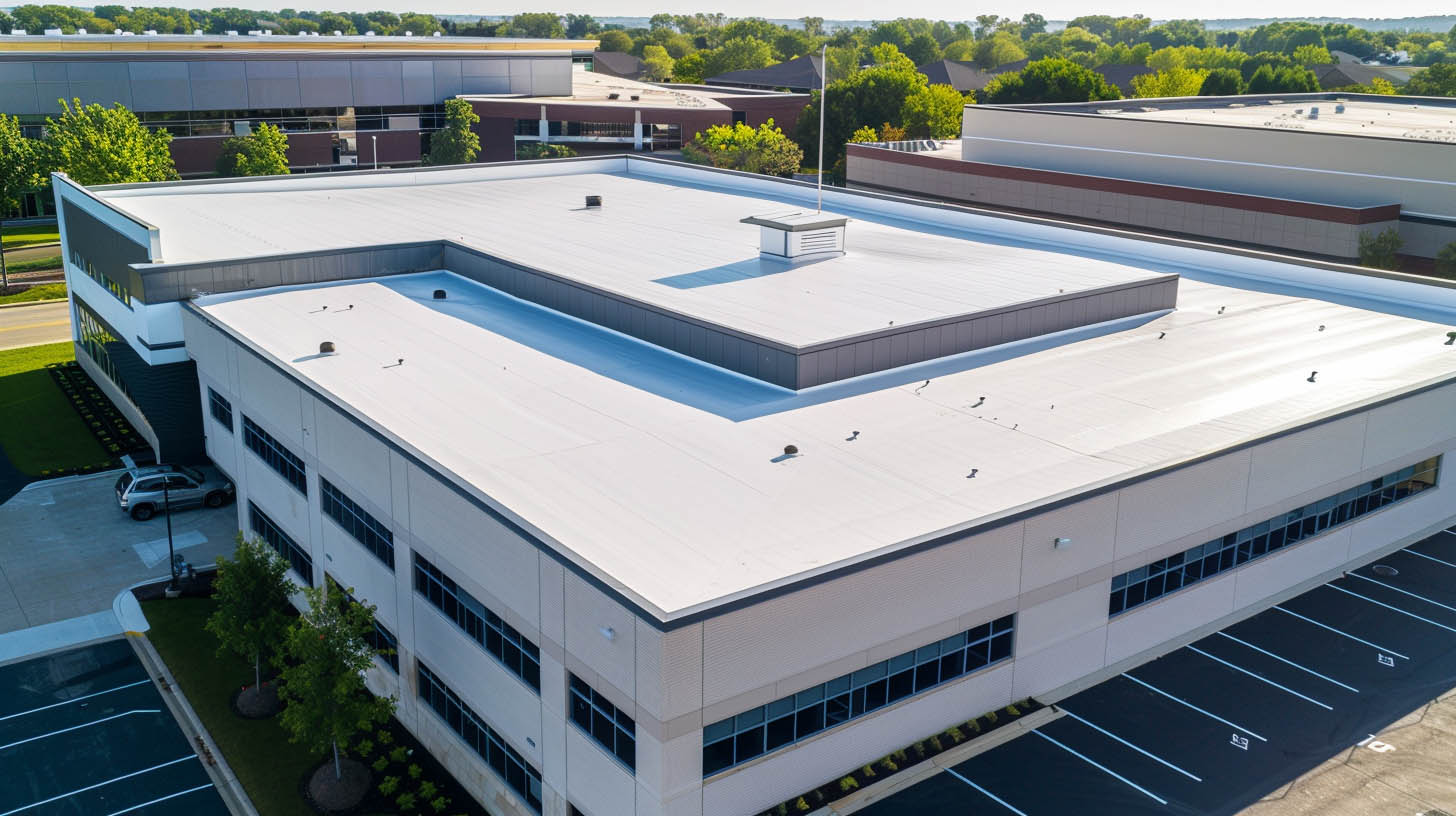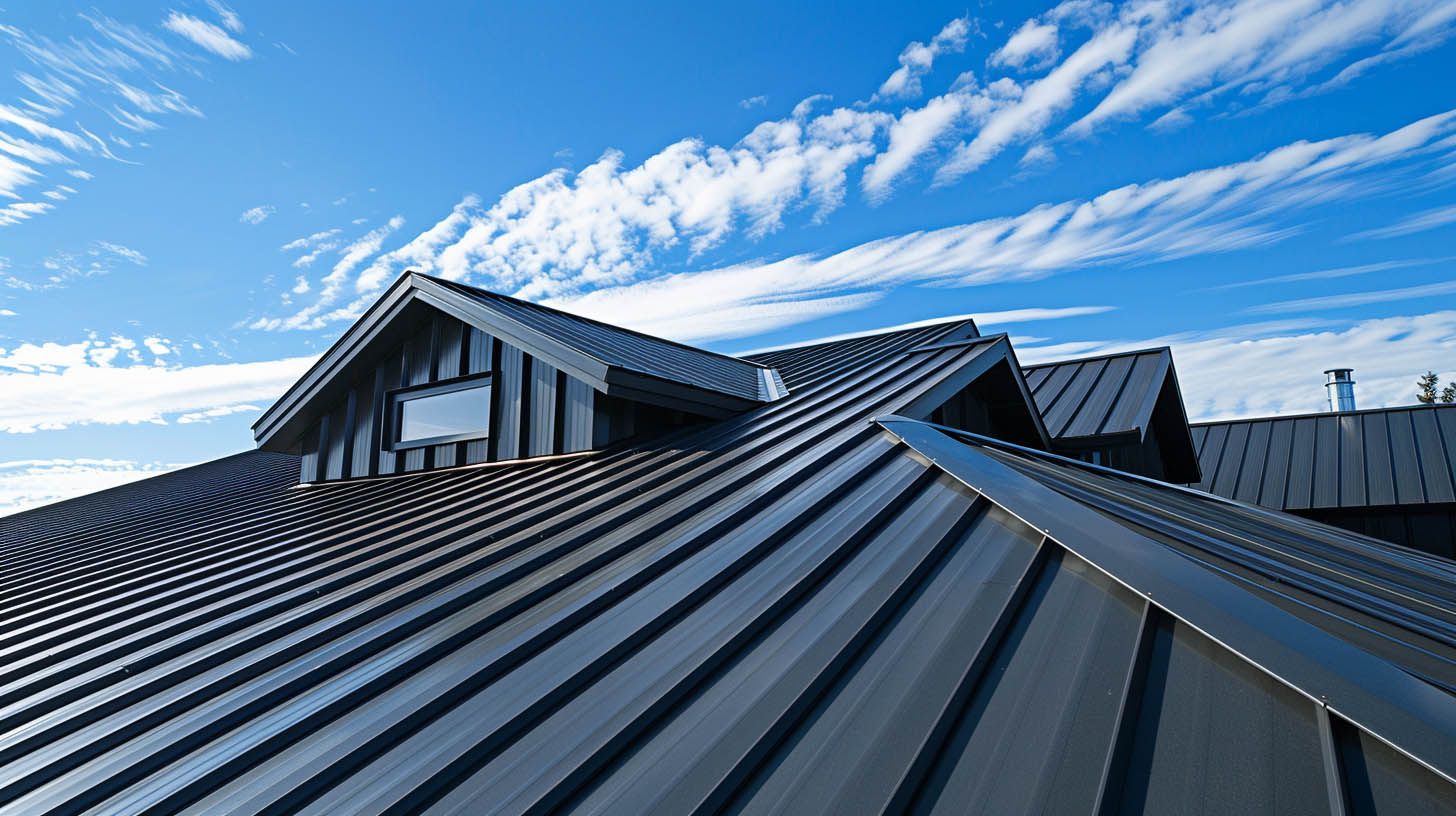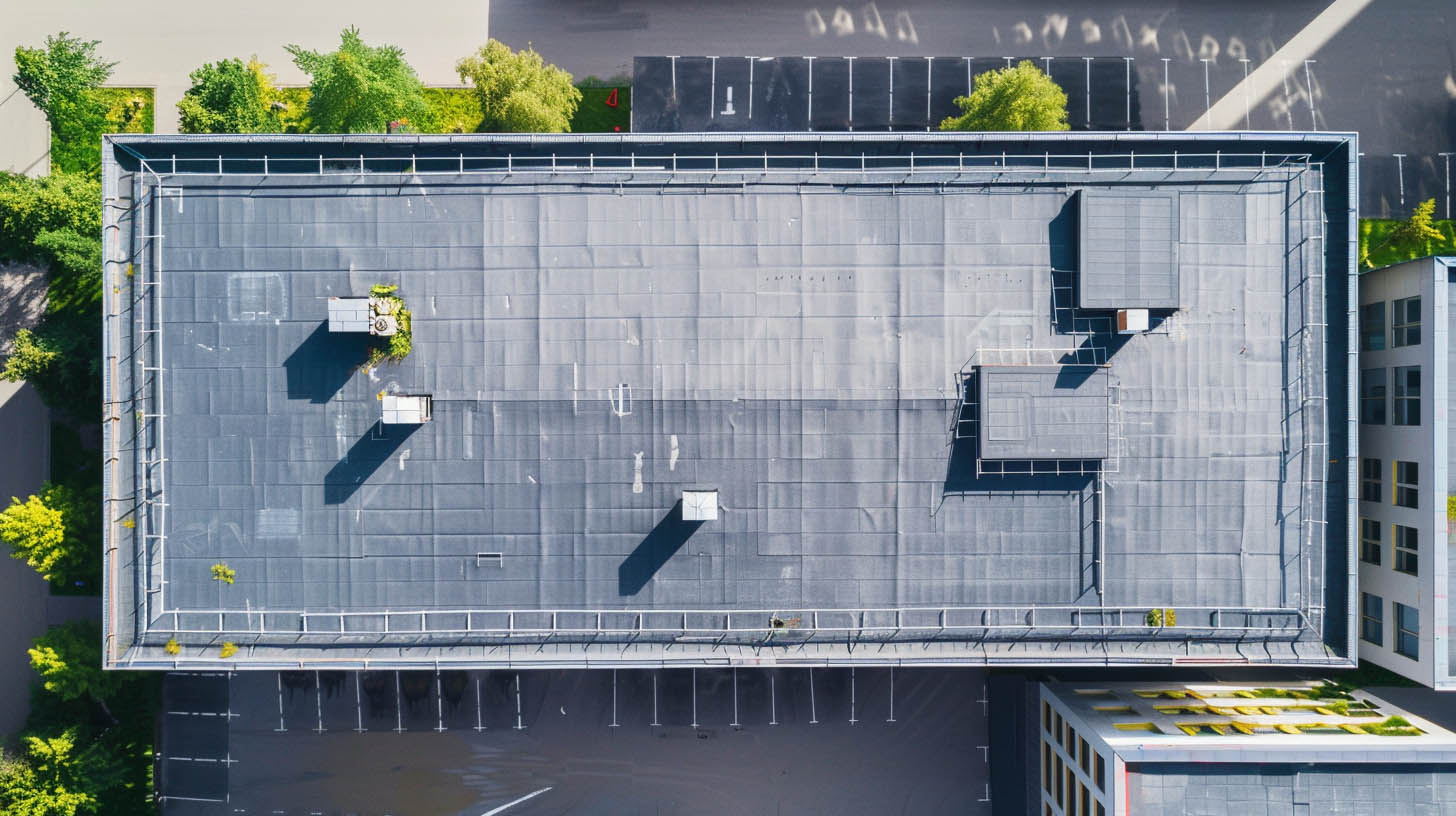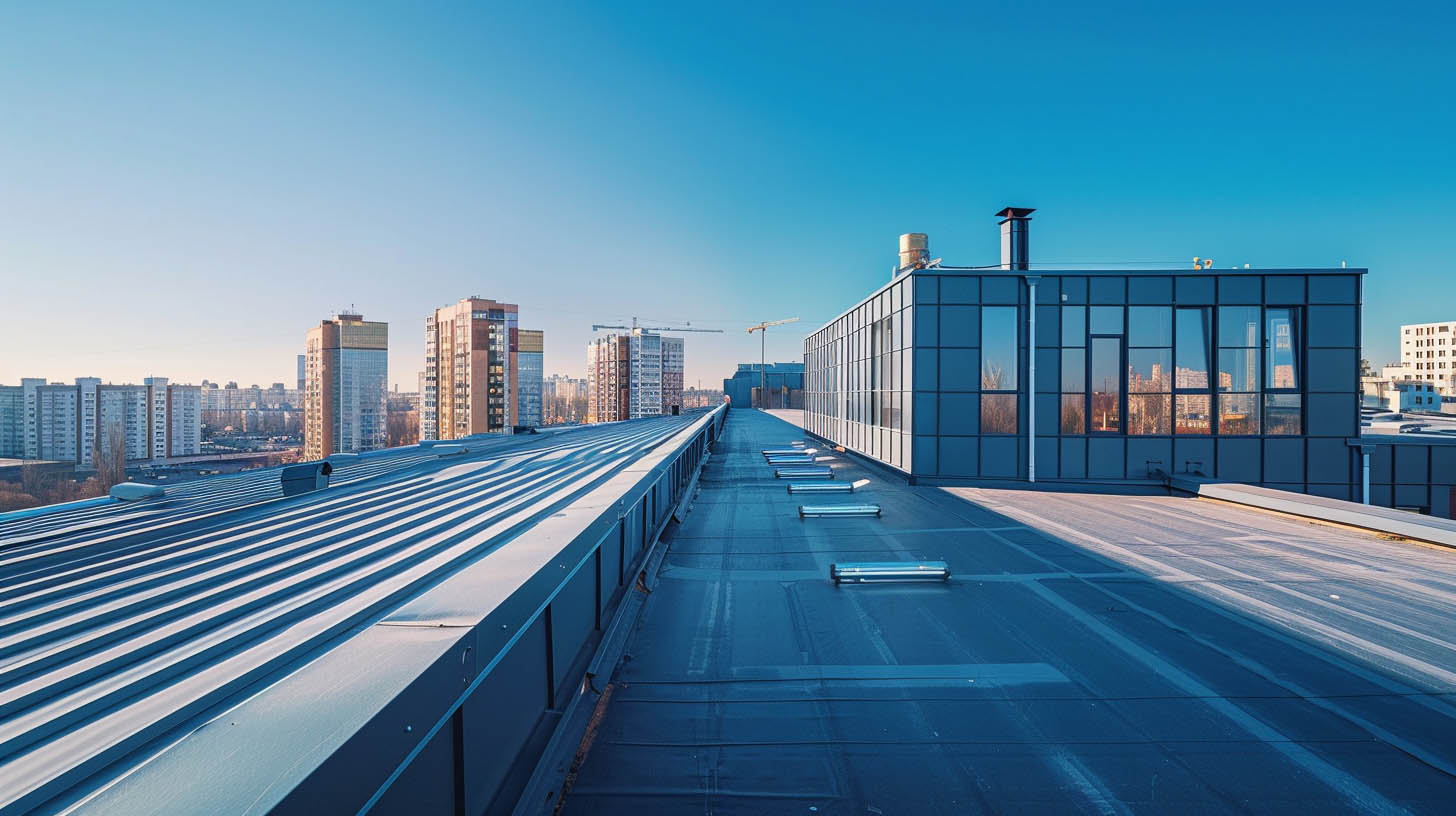Proper maintenance of commercial roofing systems is essential for extending their lifespan and ensuring they perform optimally. At Trojan Roofing, we specialize in comprehensive roof care strategies that safeguard your commercial property in Indianapolis, IN. Here’s a detailed guide on maintaining your commercial roof effectively.
Understanding Roof Composition and Age
Roof Composition: Knowing the materials and design of your roof is crucial as different materials require unique maintenance strategies. Common types include single-ply membranes, built-up roofing, and metal roofing.
Roof Age: Roofs age both chronologically and chemically. Factors such as exposure to extreme temperatures, chemicals, and environmental conditions can accelerate aging, necessitating more frequent inspections and maintenance.
Regular Maintenance and Repairs
Inspection and Documentation: Conduct regular inspections and keep detailed records of all maintenance and repairs. This documentation should include descriptions, diagrams, and photos to ensure a comprehensive maintenance history.
Repair Strategies: Address repairs promptly to prevent minor issues from escalating into major problems. Understanding the repair history helps in planning effective interventions.
Budget Planning: Allocate a specific budget for roofing repairs and maintenance. This ensures you can handle repairs as needed without financial strain.
Warranty and Professional Services
Manufacturer’s Warranty: Familiarize yourself with the warranty terms to ensure compliance and to avoid voiding coverage. Use only approved contractors for inspections and repairs to adhere to warranty conditions.
Professional Roofing Services: Engage professional roofing services for regular inspections and maintenance. Professionals help in identifying potential issues that may not be apparent to untrained eyes.
Proactive roof maintenance not only extends the lifespan of your roofing system but also protects your investment by preventing extensive damage and costly repairs.
For insights on finding reliable commercial roofing experts in Indiana, click here.

